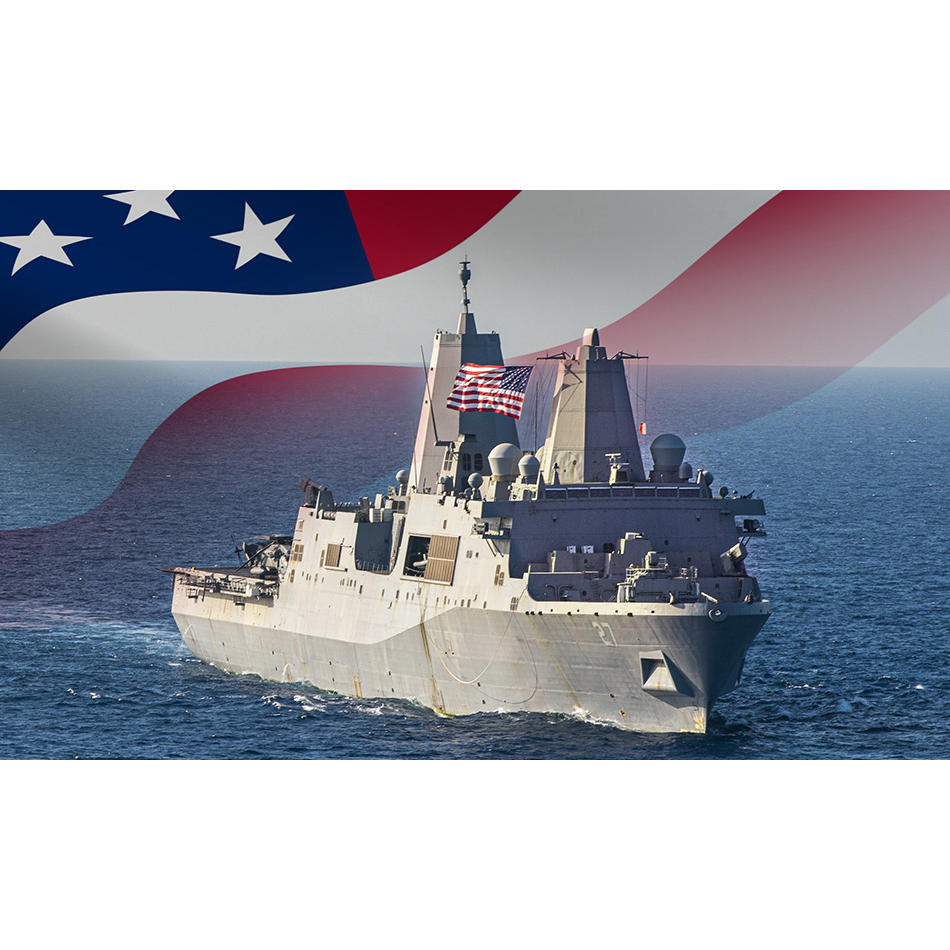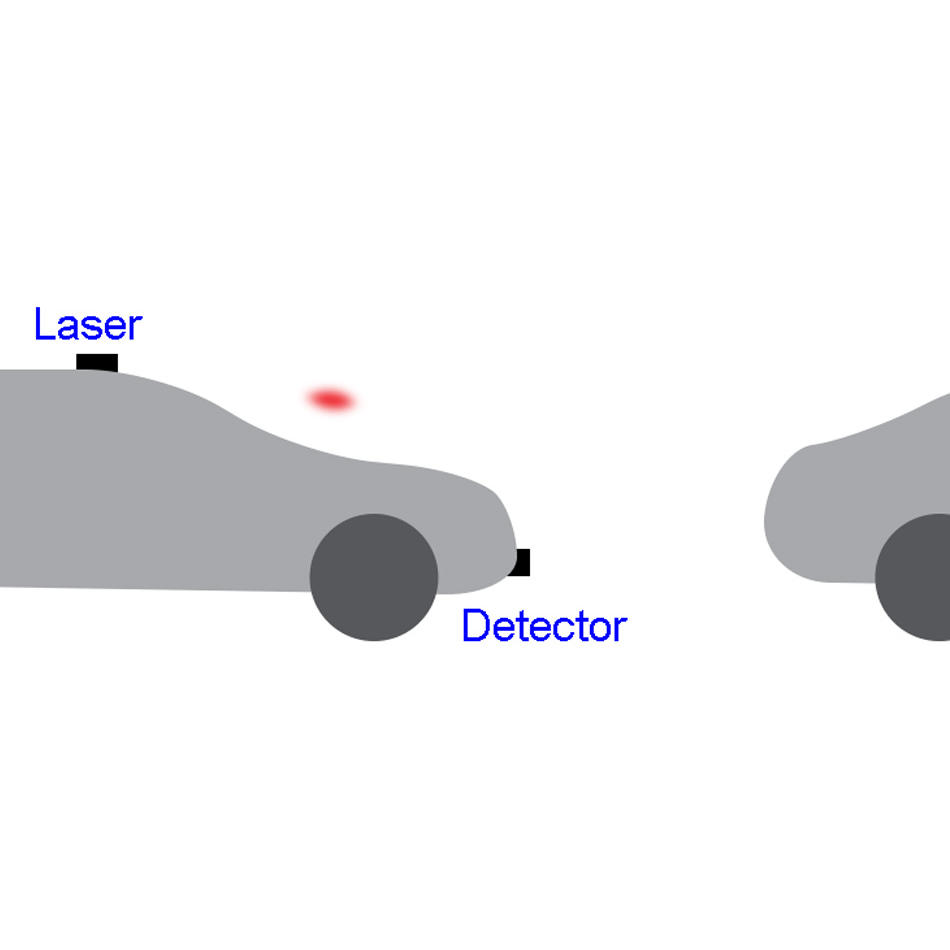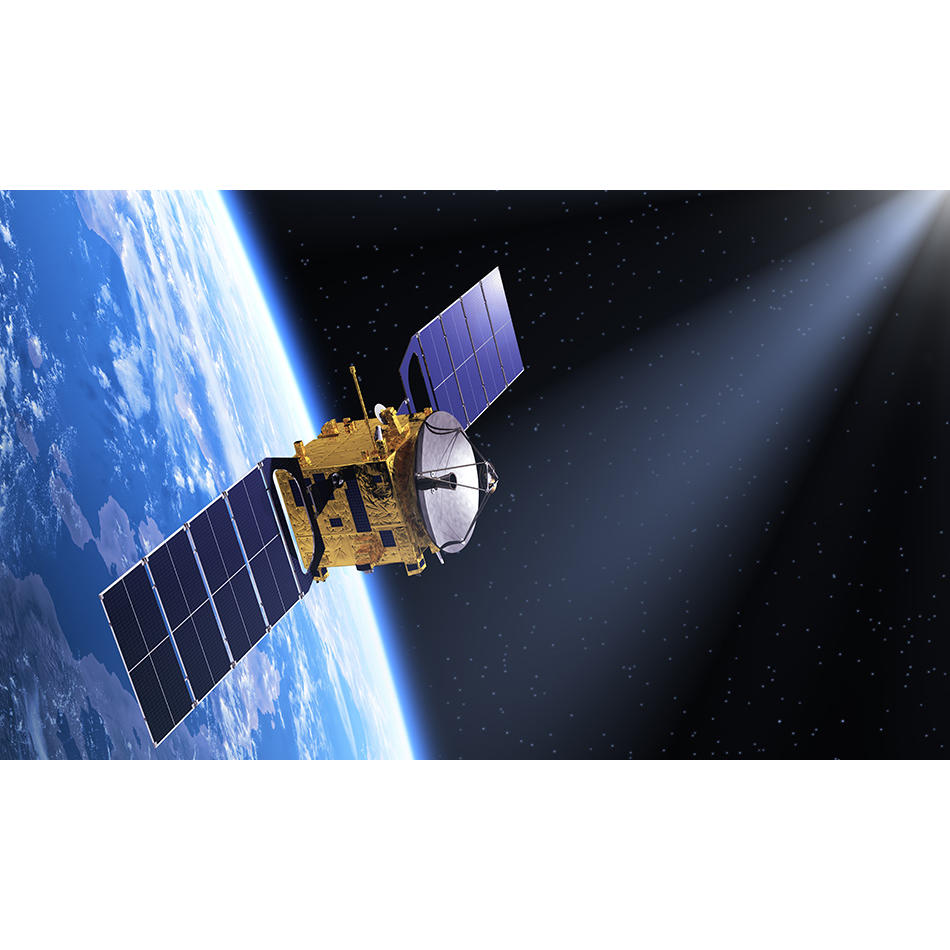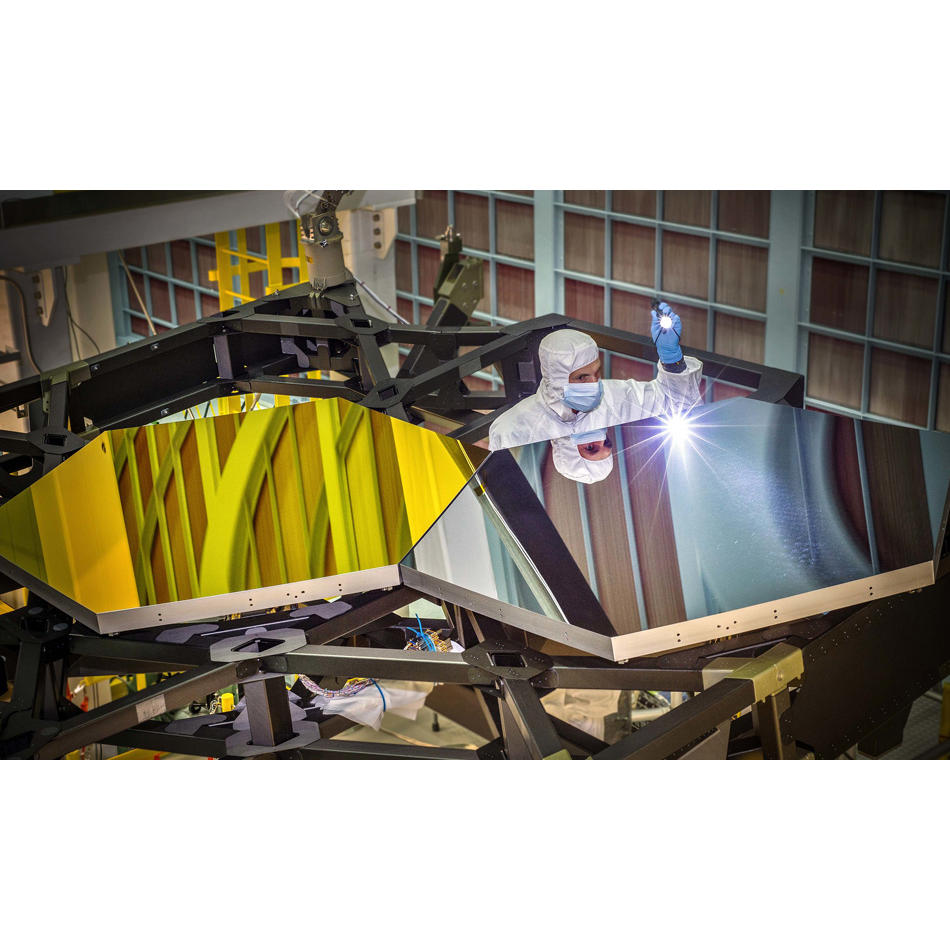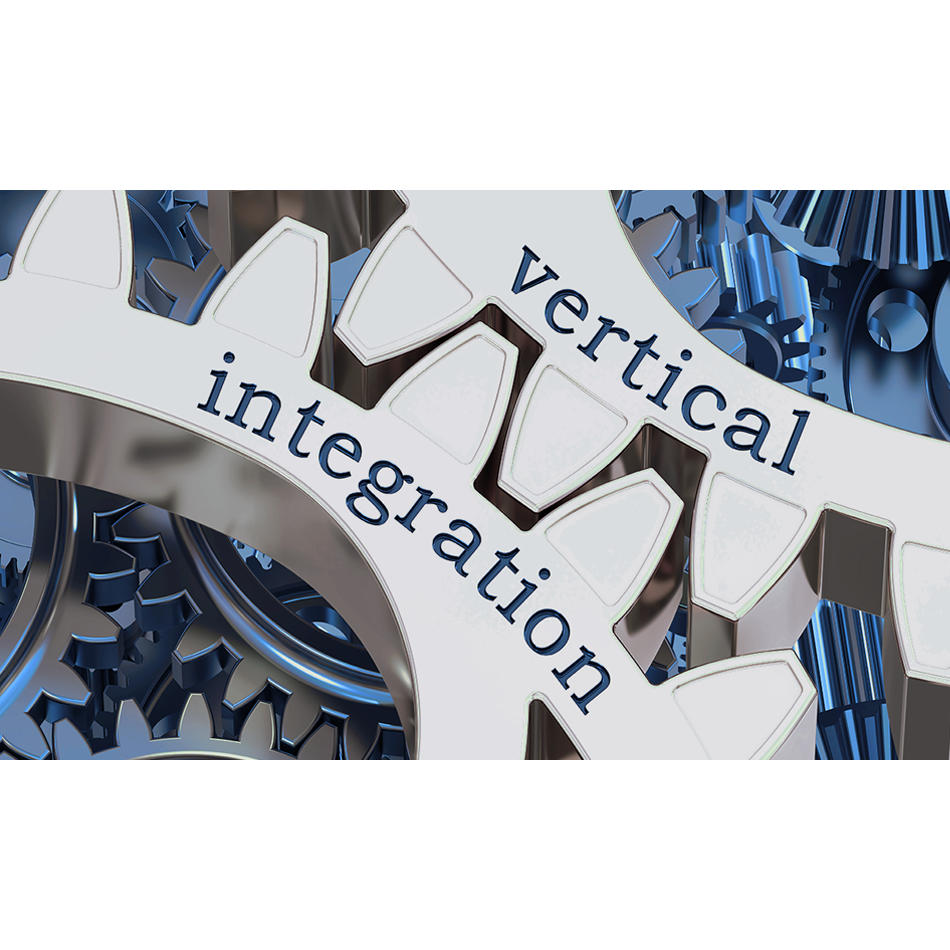Why Critical Defense Applications Rely on Lasers
Lasers, imaging systems, and other photonic technologies are deployed in diverse ways to protect troops, gather intelligence, and enable secure communications.
May 25, 2022 by Coherent
Throughout history, technological advancements that started as wild ideas have found practical applications that benefitted those who developed them. Lasers for defense use entered the public consciousness in the 1980s with President Reagan’s Strategic Defense Initiative (SDI) – dubbed the “Star Wars program” in honor of the George Lucas film. It proposed a network of satellites armed with lasers powerful enough to disable nuclear missiles in flight. Ultimately, SDI never materialized. But in the intervening years, lasers have moved from science fiction fantasy to reality as a key component in many communications and defensive military systems.
Securing vital communications
“Command, control, and communications” (C3) is the military term for the entire process by which officers direct their troops; it transforms a group of individuals into a cohesive fighting force. Timely communication is essential to the situational awareness needed for military success. It’s critical that these communications be secure – that is, they can’t be readily intercepted by the opposition.

For satellite-to-ground and satellite-to-satellite (SATCOM) applications, in particular, laser-based communications offer several advantages over traditional airwave radio methods. These include:
- Better security: laser communications carry information on a highly directional beam, as opposed to radio broadcasts, which tend to go out in all directions from the source. This means that a laser transmission can’t be intercepted unless someone can get directly into the beam path.
- Higher reliability: the tight laser beam also makes it much harder to “jam” the signal; in other words, interfere with it so that it doesn’t reach the intended recipient.
- More capacity: laser-based communication offers a higher bandwidth than traditional radio frequency broadcasts. This means it can deliver more information faster, a capability which becomes increasingly important as commanders seek to gather larger amounts of information, often in the form of images and videos, more quickly during action.
Of course, spaceborne operation presents a unique set of challenges. First of all, reliability is critical, since there’s not much chance for a “service call” to repair malfunctioning equipment. Also, space operation exposes equipment to extremes of temperature and radiation not experienced by ground-based systems, adversely affecting system lifetime. One way Coherent has addressed system lifetime is by developing radiation-resistant fiber optics for SATCOM uses.
Delivering pin-point accuracy
Lasers are also employed as a light source by the military in a wide variety of illumination applications. Laser designation virtually eliminates any adjustments for wind or earth curvature when aiming, allowing for a more precise outcome. Laser designation vastly improves accuracy - which is especially important for troop safety. Lasers are also used in combat training to provide immediate feedback to soldiers on accuracy and lethality of their aim without harming personnel or military assets.

Coherent components are used extensively in targeting and rangefinding systems; we provide pump diodes, laser crystals, laser optics and other components. We also manufacture large sapphire windows to protect these systems from the elements; these meet the MIL-STD-810G standard for environmental stability and damage resistance.
Imaging extends safety
Imaging in the context of military operations encompasses a number of different techniques. Night vision is the one most immediately familiar to people. But lately various remote sensing tools, like LIDAR, are being deployed in several different ways. The advantages of LIDAR are that it delivers much higher spatial resolution information than traditional radar. And it can still penetrate clouds and smoke.

LIDAR systems can be mounted on aircraft, unmanned drones, ground vehicles, or even satellites. They can generate precise, real-time maps of terrain, and even reveal opponents’ exact positions and troop strength. LIDAR can also be used to help autonomous vehicles navigate and prevent collisions under night or poor driving conditions. Coherent supports LIDAR systems with a number of different components, including active and passive optical fibers and tapered diode laser amplifiers to meet precise wavelength requirements.
Traditional telescope imaging systems, operating in visible light or the infrared, have also long been a staple of defense systems. These range from surveillance satellites to aircraft-mounted imagers that help pilots navigate and target.
The most important innovation in this area is a new generation of high-performance, lightweight, large aperture imaging systems for airborne and spaceborne use. Coherent TIOS has taken a lead role in advancing this class of imaging systems by developing innovative capabilities for fabricating meter class freeform optics out of both glass and metal.
Coherent now has extensive capabilities for producing large, all-aluminum (and other metal) imaging assemblies. These are single components which integrate a high-precision freeform optical surface with mounting structures. This cuts weight by eliminating separate mount parts. It also makes the imager more robust by reducing thermal expansion matching issues and improving immunity to mechanical shock and vibration.
Putting energy to work
And finally, high-energy laser (HEL) systems are nearing reality. But these aren’t the massive spaceborne systems envisioned a generation ago. Rather they’re smaller systems, typically intended to be mounted on ground vehicles or on maritime ships for countering unmanned aerial systems (C-UAS).

One use of these types of HEL systems would be to quickly disable a swarm of UAS – a group of small, low-cost, armed aerial drones sent to overwhelm defense systems. The ability of high-energy laser systems to aim, fire rapidly, and reload virtually immediately – combined with the speed-of-light target acquisition – makes these systems uniquely suitable for this task and are an increasingly important laser technology in this era of “asymmetrical warfare.”
Coherent offers a diverse range of components for HEL uses, including lasers, single emitter diodes, laser crystals, optical fibers, isolators/rotators, and lightweight beam director optics for use in high-energy laser systems.
Discover how lasers and photonics protect our troops and aid our commanders – and let us all sleep a little easier.
Related Resources
